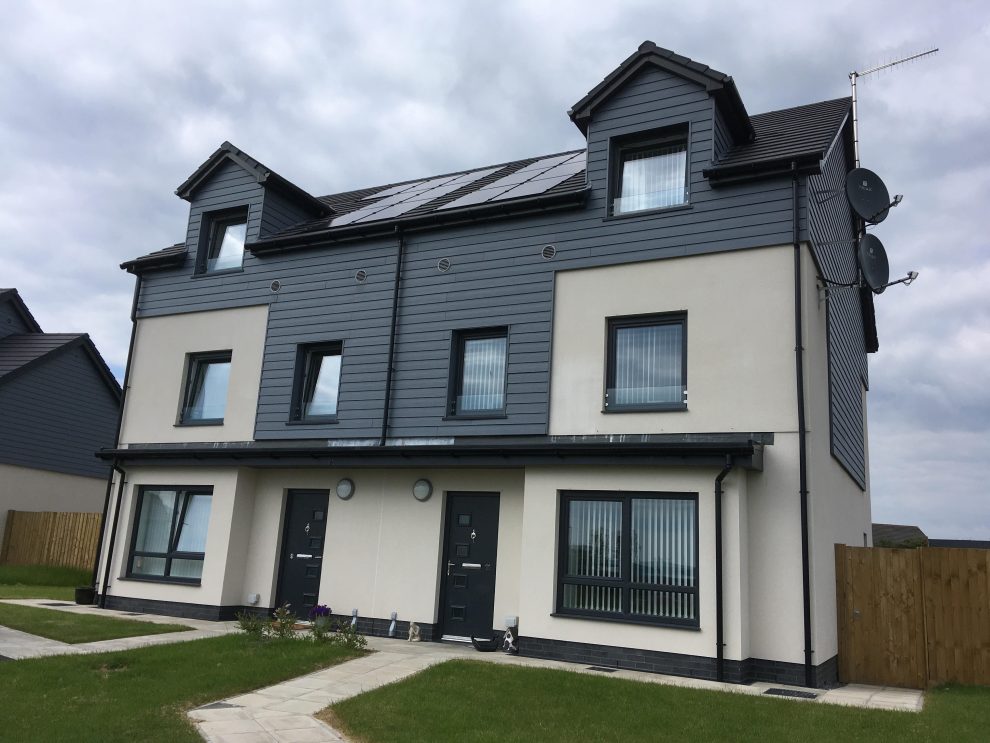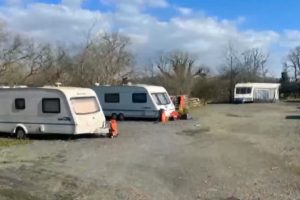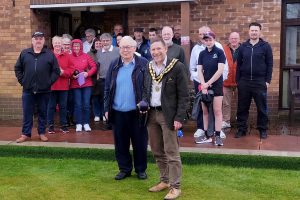SWANSEA Council cannot solve the county’s growing housing crisis because of a shortage of properties, councillors were told.
At the end of February there were 7,948 people on the council’s housing waiting list – 17% who presented as homeless or were threatened with homelessness, 63% who had various other housing needs, and 20% who were council tenants waiting for a transfer to a different property. Around 300 people were in temporary accommodation.
The waiting list figure in September 2021 was 4,639, and the rapid growth in numbers is by no means unique to Swansea.
Addressing a council committee meeting, Cllr Andrea Lewis, whose cabinet portfolio includes homes, said: “We share your concerns that we simply have not got the number of properties to be able to meet the significant demand that we are seeing. Supply is absolutely not meeting demand at the moment. We cannot build (houses) quickly enough.”
Swansea Council has around 13,000 houses and flats, and began building new ones again around eight years ago following a change in legislation. A report before the economy and infrastructure service transformation committee said it has completed 88 new-builds in that time, converted 21 others and also bought 146 mainly ex-council houses.
The council has a target of adding 1,000 properties to its housing stock between 2021 and 2031, and a number of new-build and acquisition schemes are in the pipeline. Future schemes include a 48-home development at the former Gorseinon Junior School site, Gorseinon, and 13 properties at Brondeg House – formerly a pupil referral unit – in Manselton.
The council also intends to appoint a development partner to build around 100 houses on land off Milford Way, Portmead, and then acquire 40% of them to add to its council house portfolio. Another plan is to buy 141 homes in the coming years at a large new housing estate in Garden Village, near Gorseinon.
Council officer Rosie Jackson said she and her colleagues were acutely conscious of a housing crisis which was “worse than it’s ever been”. She said: “We know we need to pick up the pace of delivery. But there are a number of challenges we are facing with that.”
The council funds its council house expansion programme with rental income from tenants, through borrowing and grants – mainly the Welsh Government’s social housing grant. The social housing grant pays for the around half the cost of new council properties and has soared from £8 million five years ago to just over £27 million this financial year – but it is split between the council and housing associations, which build a lot of affordable properties themselves.
The committee heard that social housing was generally more expensive to build than open market homes because of higher energy efficiency targets, among other things. Swansea Council has a design framework of its own, called the Swansea Standard, which results in very low energy bills for tenants. It is being reviewed to try to bring down costs. Last year it emerged that six semi-detached council bungalows in West Cross cost £283,000 each to build, with technology such as ground source heat pumps, battery storage and solar panels accounting for £51,000 of the cost.
As well as building and acquiring new homes, the council has to maintain and upgrade its existing stock to meet Wales-wide standards for social homes. This is expensive work, costs have risen, and there is now a Welsh Government objective to “decarbonise” social housing in Wales by 2030. This objective alone is estimated to cost hundreds of millions of pounds for Swansea Council.
The committee heard that work was being carried out by the Welsh Government, social housing landlords and a firm of architects to come up with a set number of designs for new properties built to “net zero” carbon standards.
Cllr Mike White asked if more vacant church buildings could be converted to residential use. Cllr Lewis replied that many were listed structures and in a state of disrepair, meaning costs would be extremely high. “If there was Welsh Government funding (available), I’m sure that would definitely be something we could consider,” she said.
Committee chairman, Cllr Philip Downing, described the numbers on the housing waiting list as “very, very worrying”. He said: “If we are building 200 (homes) a year, going up to 300 a year, we are not getting anywhere.”


















